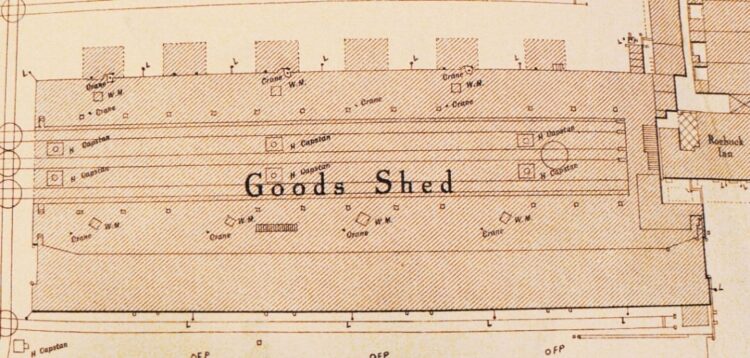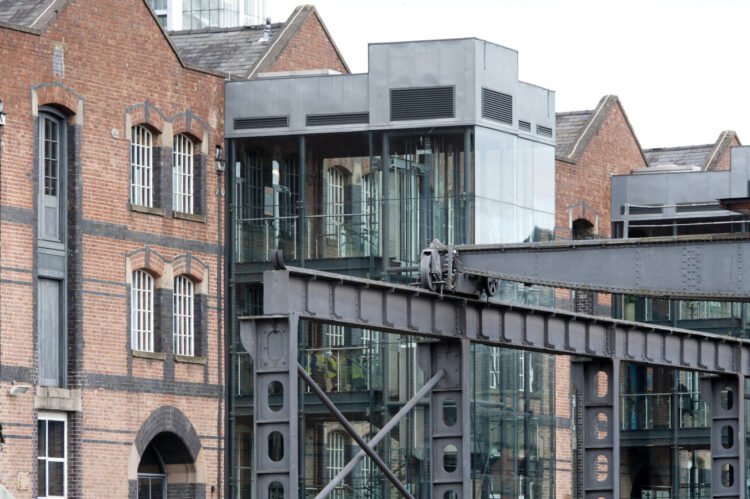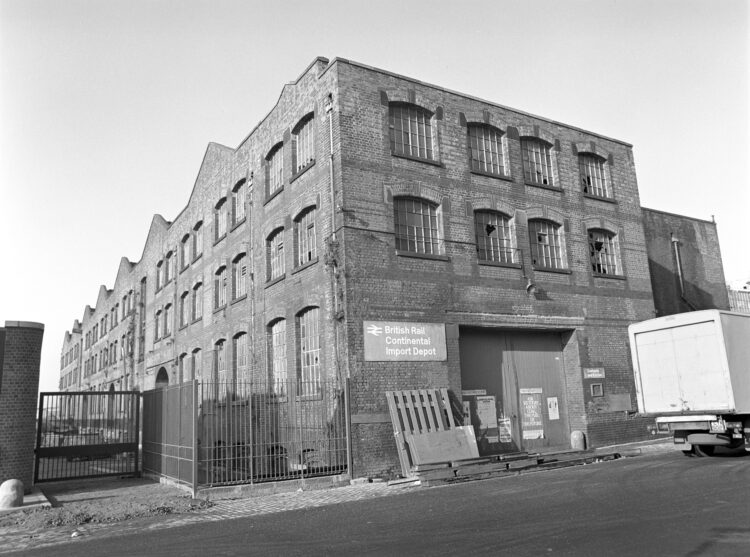The popular Science and Industry Museum in Manchester is currently underway with a multi-million-pound programme of essential conservation for the globally significant site.
The next phase of the vast project will see the 140-year-old Grade II listed New Warehouse roof replaced, which will be no easy feat as it is almost the size of two Olympic swimming pools!
Scaffolding will be put in place during the winter months across large areas of the New Warehouse and will offer visitors a chance to see engineering work taking place.
The New Warehouse itself will remain open during the work and will offer a fantastic array of events, special exhibits and new displays alongside the museum’s permanent galleries.
Celebrating ideas that change the world, the Science and Industry Museum tells a story from the Industrial Revolution and beyond.
The museum’s impressive location really brings history to life as it is the former site of Liverpool Road Station, which was the very first intercity passenger station and located in the centre of the world’s first industrialised city.

The New Warehouse houses the main entrance for the museum alongside three permanent galleries including:
- Revolution Manchester
- Textiles Gallery
- Experiment
The location is split over three floors and also includes three changing exhibitions, a cafe, a shop and a conference space.
The essential work taking place on the roof of the New Warehouse is being carried out by local architects and specialists in the restoration of listed and historic buildings, Buttress and will involve:
- Critical repairs to the 100m x 40m roof which will make it watertight
- Complete re-tile of the roof, using approximately 60,000 Welsh Slate Tiles from the UNESCO World Heritage Site of Blaenau Ffestiniog in North Wales, which match the original slates.
- Improvement of thermal efficiency which will support the building in becoming more environmentally sustainable, including vital restoration work to masonry, and windows and will see single-glazed roof lights replaced with heritage-style double glazing. Additional roof insulation will also be put in place using environmentally friendly and natural wood fibres.
- Replacement of gutters as the current plastic guttering does not meet the heritage standards for the Grade II structure. New gutters will be made from cast iron and will reflect the original guttering and will have a life expectancy of 100 years.
- Local company 3D Scaffolding will put in place a monumental scaffold, which will see 65,500 linear metres of tubular materials to support the Temporary Roof structure. This work will take around 34 weeks to put in place using more than 40,480 hours. It will also take the same time to dismantle!
- Installation of safe roof access walkways and inspection facilities, which are essential for long-term maintenance.

This vital programme of work will see that the New Warehouse remains fit for purpose into the future, allowing the best exhibitions and experiences for visitors of the museum whilst celebrating Manchester’s fascinating industrial heritage.
It is expected that work on the New Warehouse will be completed by mid-2025.
Further work will also be happening across the site as part of the programme of work, including:
- The Upper Yard
- Gantry and the viaduct alongside
- Power Hall sees work continue and is expected to reopen in Spring 2025
The programme of work has already seen the restoration of the Station Agent’s House with the Landmark Trust alongside work on the award-winning Special Exhibitions Gallery, which opened in 2021.
The £14.2 million project has been funded by the Department of Culture Media and Sport.
On completion of the entire project, the expansive site will feature new experiences for visitors, including:
- The 1830 Station
- Wonderlab Gallery for children
- New Entrance route through to Aviva Studios
- Substantial new outdoor landscaping with public realm provision and outdoor play opportunities

We are delighted that the next stage of the site’s multi-million-pound restoration project is underway. This marks an exciting moment as we carry out vital repairs to our main museum building, including a brand-new roof. Whilst this repair work will bring some disruption to our site, including our largest scaffolding structure to date, the changes taking place now will mean visitors can enjoy our museum for years to come. We’ve always been a place of change and transformation and the work on New Warehouse is our next step to future-proof our historic site.
Sally MacDonald, Director of the Science and Industry Museum
This is a key milestone for the Science and Industry Museum. The comprehensive repair and renovations reflect our commitment to ensuring that the 140-year-old New Warehouse building will be welcoming visitors for many years to come. It’s very exciting to be re-slating the roof with a sustainable national Welsh slate. Traditional lead-lined gutters have been reintroduced, to cope with the ever-increasing pressures imposed by extreme weather.
The re-roofing works also provide the opportunity to significantly improve thermal performance; seeing the introduction of an innovative wood fibre insulation; as well as carrying out the meticulous masonry, stonework and window repairs required of a building of this grand stature.
The project will also incorporate facilities which will enable inspections to monitor and check the building’s precise condition.
Together with the project team, we are keen to embark on this journey to deliver a museum building fit for the 21st century.”
Alex Scrimshaw, Buttress





Responses